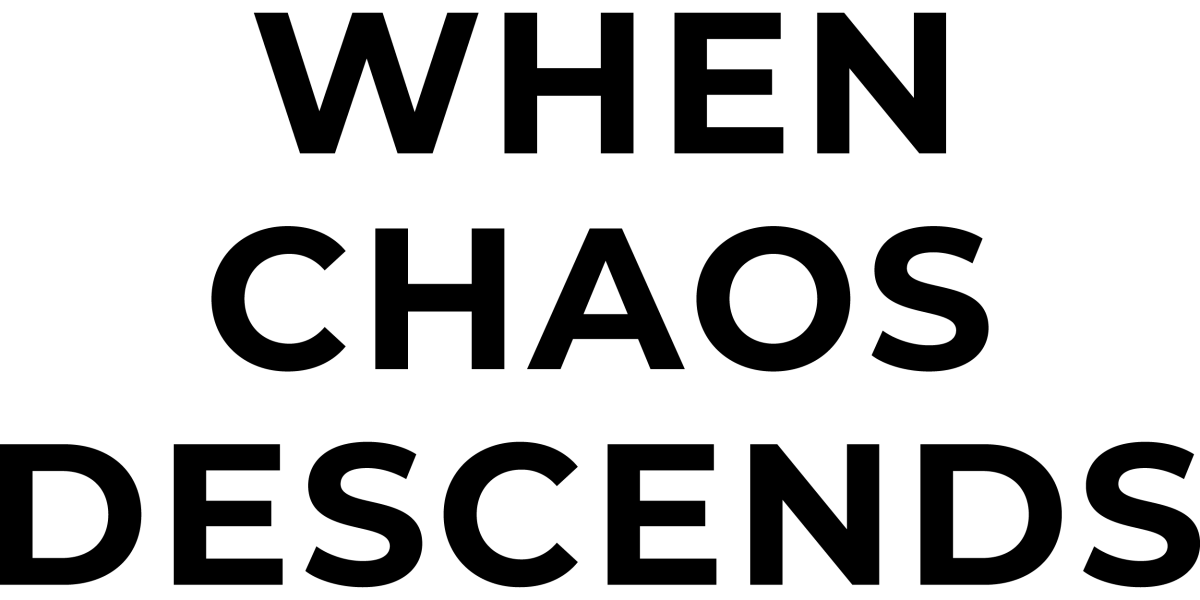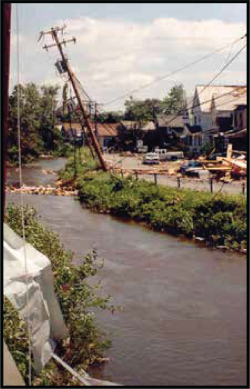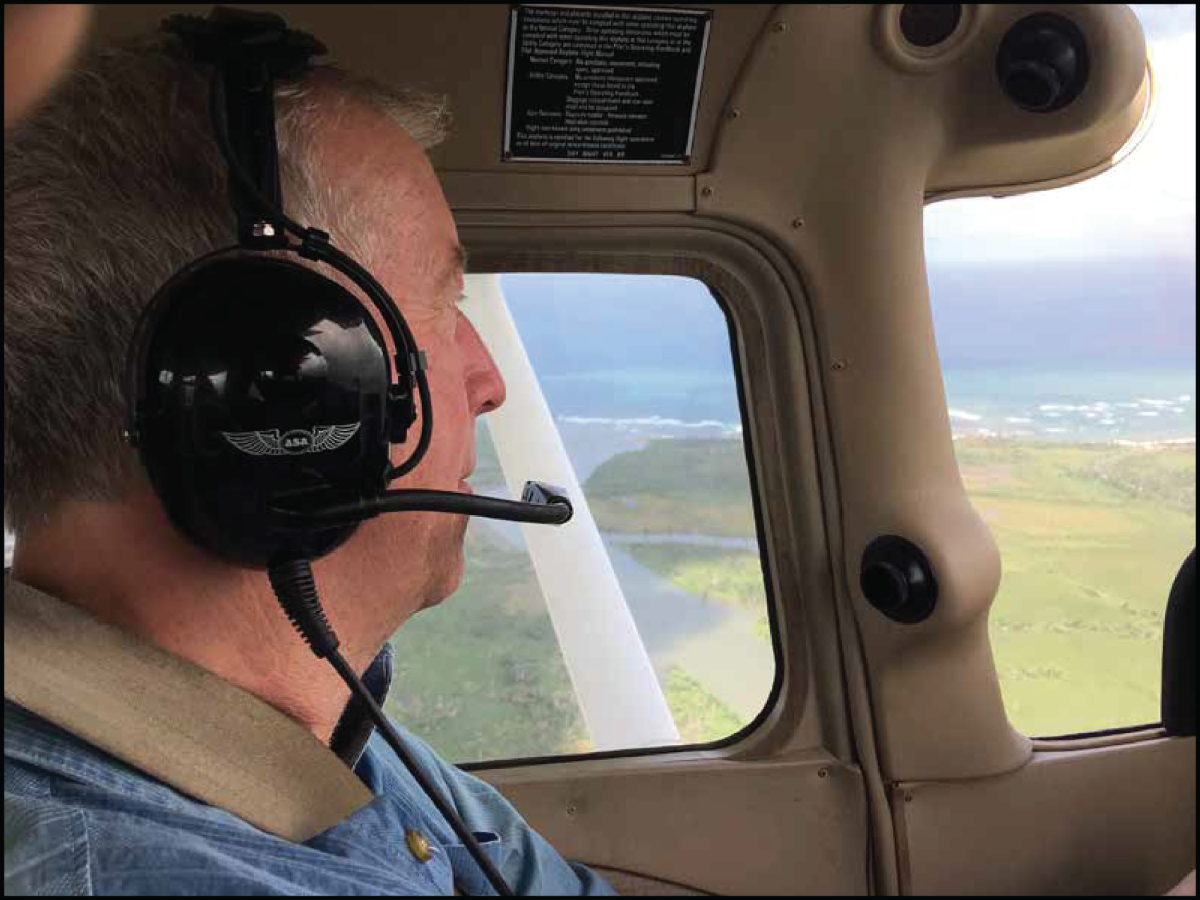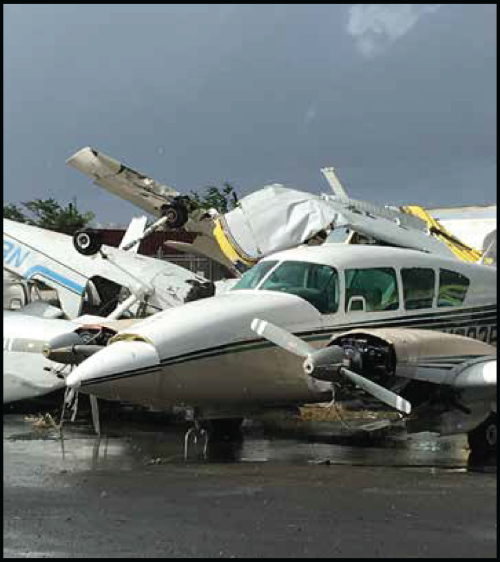
written by Jordan Dunn | Photos courtesy of Mechanicville Library

Aftermath photos of the tornadoes in Mechanicville, 1998.
The idea for the Civilian Emergency Response Network came in 1998.
While founder Steven Conklin was building his house near Saratoga Springs, the sky grew dark and chaos ensued. A series of F3 tornadoes swept through neighboring Mechanicville and Stillwater and left a path of destruction for 25 miles all the way through to Bennington, Vermont. He watched the carnage from a hilltop while hundreds of lightning strikes hit, houses were demolished and neighborhoods were erased.
“There is nothing worse than watching and not taking some sort of control," said Conklin. “So, as I watched hundreds of families lose everything, I had to do something. Immediately I called the Sheriff's non-emergency number and asked them what they needed. To my surprise they just advised me to stay home,” Conklin described.
He went on to explain how he “knew that was the wrong answer… So I told them that I was going to start clearing one of the main roads into the devastation. I grabbed my chainsaws, tarps, and chains and set off in my truck. I only had to go a few hundred yards to encounter the first tree. After I had cleared the first one, ambulances and fire trucks pulled up trying to respond. We still had 3 miles of debris to clear. Soon we passed a house and a man was standing by the road. When I told him what I was doing he told me he could put a plow on his truck and push the trees out of the way after we cut both ends. We made a much quicker process together and within an hour we had the road open. Behind us was a line of first responders, utility workers and medical personnel. At that point, as we took a break, I was telling the crew of volunteers, which had turned into about 15 of us, that there should be a volunteer network to help when the disaster is simply too big for the community to handle.”
From Chaos, A Solution.
Picture this: a hiker goes missing in a local town near you. The cops, who are naturally called first, only have so many resources at their disposal. Social sites will slowly share the info over the next coming hours or days and the community will eventually help, as they always do.
Imagine, however, if it didn’t have to play out like this. What if, instead of hours or days after the fact, the community learned the news after minutes? And within those minutes, what if volunteers with resources and expertise that could help assist in the search were ready to join the effort?
With the Civilian Emergency Response Network (CERN) this scenario can soon become a reality.

Steve Conklin

With the Click of an App
The network itself will be held on an app. Volunteers who sign up will supply a brief background on themselves, including details about what skill sets they have and what resources they have at their own disposal or quick access to. Everything from there becomes geotagged. So then, when an alert goes out, everything goes through filters and the filter pings the right people. As the people who are pinged commit to help and the desired amount of people are gathered, the app turns itself off; a way to ensure that not too many people are showing up to the scene.
“Essentially what was taking hours and days, literally now takes seconds,” said Conklin.
"If we can save one life, one home, one memory, it will all be worth it.”
But Wait, What About Logistics?
As aforementioned, the network will be sectioned by county. Every county will have a local volunteer leader appointed, and for every state, it is hoped that every county in that state will eventually come on board.
In New York State alone, that is a total of 62 counties.
When asked if taking it county by county was a daunting task, Conklin replied, “to be honest, everything we do is simple. All we are doing is digitizing something that has been happening organically for years. For example, you could talk to almost any county firefighter in upstate NY and each of them would know someone who would be willing to join this. And those people have friends of the same mindset and so on and so forth. This concept is self-fulfilling in a way; the people signing up for this are already volunteers for something else most of the time.”
In addition to the daunting volume of counties to process, we spoke to Conklin about the legality of it all. As situations occur that may put this network at high risk, who's to blame if life hits the fan?
Conklin had to say, “half of this process was working with the legal side - figuring out the risk management piece. In short, we have set everything up as a foundation. Meaning, local entities like the sheriffs and whomever else will never be doing the official asking. It's like a news outlet. We are putting out the task, it’s up to the people to take the risk. We did all the bottom line - litigation will always be part of the equation, but we found for the most part, the good samaritan laws cover a large part of the worry. Outside of that we took care of all the basic disclosure. An outline of the legalities will be available on the website for those interested in learning more.”

Conklin Flying Supplies
Why Not Others?
During our discussion with Conklin we of course had to ask the obvious, why hasn’t something like this been done before? Why hasn’t the Red Cross, or FEMA, or any other relief organization that comes to one's mind not done something exactly like this? In response, Conklin explained how “I have learned very quickly that the government unfortunately has a way of slowing down processes. For example, for organizations like the Red Cross, they do a great job for their scope, but they very much stay in their lane. Same with the National Guard, great doing the scope of work defined as 'their lane' but they stay in it. This app will help fulfill a new lane.”

The devastation of Hurricane Maria in Puerto Rico.
Prepare for Launch
The official launch of the app was scheduled for mid February 2023. At the time we spoke to Conklin, he estimated about 14,000 people were already pre-committed to signing up when the app officially launches.
The app, due to the number of Conklin's local contacts, is set to launch locally here in NY first. The goal is to then bring it to Florida, where discussions are already happening, and will then hopefully be followed by other states that commonly face natural disasters thereafter.